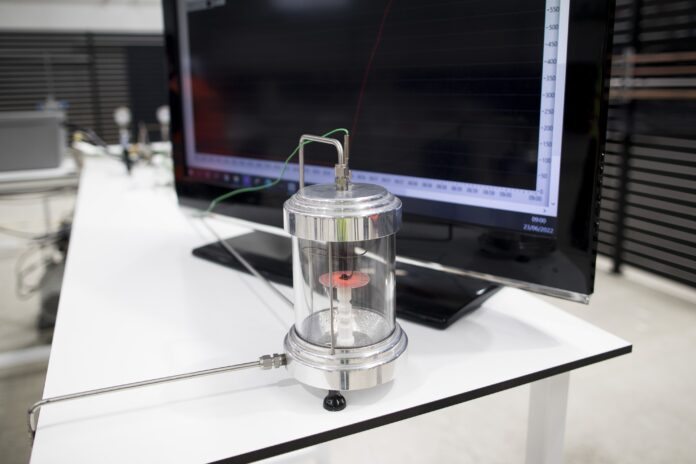Star Scientific is a 25-year-old research laboratory north of Sydney, Australia. The company is one of many trying to make existing power plants carbon-free. This includes old coal-fired thermal power stations which remain among the biggest contributors to greenhouse gas emissions on the planet. Star has invented a patented non-polluting catalyst which it calls HERO® which is an acronym for Hydrogen Energy Release Optimizer. It uses hydrogen without producing combustion.
Mars Food Australia, the subsidiary of the global food giant, is using HERO® to help decarbonize its processes. The 18-month pilot project is the first step in developing alternative heat sources for the food industry. Bill Heague who is General Manager of Mars in Australia states, “Thermal energy is crucial to the business of cooking food and this technology has the capability to create limitless heat without any combustion and zero emissions.”
But this is only the beginning because Star has plans to introduce the technology into legacy coal-fired power plants to retrofit existing generators to run on green hydrogen. In an interview with Bloomberg Green, Andrew Horvath, Chairman of Star Scientific states, “We think there are a lot of opportunities in existing steam turbines that have some longevity…Why would you throw them away? They’re already connected to the grid.” He cites the example of Japan where 70% of its existing turbines still have 40 years of life left.
It is using hydrogen without burning it. That’s what sets Star Scientific’s technology apart from others trying to harness the combustible gas. The patented catalyst heats in the presence of hydrogen and oxygen to reach temperatures of 700 Celsius (1,292 Fahrenheit).
For energy utilities with billions invested in legacy power plants, the ability to leverage its assets rather than demolish them has considerable appeal. The industry recognizes the need to commit to net-zero and the challenge to achieve this is no mean feat.
Many utilities are trying to use fossil fuels and carbon capture in combination to produce what is called blue hydrogen which can then be burned to power steam turbines. One such power plant is the Wabash River Generating Station, a 972.7 Megawatt coal-fired power plant operated by Durke Energy Indiana. In partnership with Honeywell UOP, it hopes to produce 300 Megawatts of zero-emission energy from this facility by 2024 while capturing 1.65 million tons of carbon dioxide (CO2) annually.
Australia’s new government is proposing that a proposed gas-fired thermal power plant in New South Wales currently under development be converted to green hydrogen. Refitting to burn hydrogen rather than natural gas which is methane (CH4) isn’t just like switching from unleaded to premium gas in your car. The two gasses when burned do not produce the same amount of energy. More hydrogen fuel will be needed to yield the same amount of energy needed to drive the plant’s steam turbines.
General Electric has been working with hydrogen for more than three decades. It currently has an inventory of more than 100 gas turbines running on a mixture of fuels combining hydrogen with fossil fuels. It provides U.S. utilities with a hydrogen and CO2 emissions calculator to answer questions related to converting existing power plants.
The big difference between Star Scientific and other players in the emerging hydrogen power plant sweepstakes is that the former isn’t igniting the gas to create heat. For those of us who have read the story of the Hindenberg 1937 fire, there is something both novel and reassuring about a technology that can deliver heat without combustion. I would think the utility companies of the world with legacy coal-fired and natural-gas power plants would be knocking on Star Scientific’s door.










[…] Can We Adapt Old Power Plants to Run on Green Hydrogen? […]